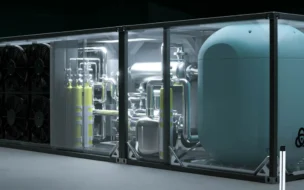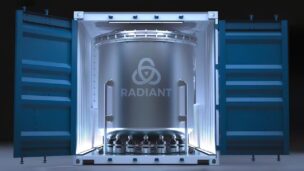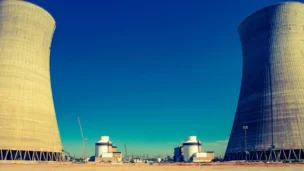Good things come in threes.
This week, a power trio emerged with plans to bring nuclear energy onto the grid—and to take it off again. The deal is a power purchase agreement that would see the Tennessee Valley Authority purchase up to 50 MW of power from Kairos’ Hermes 2 reactor in Oak Ridge to power Google data centers in Tennessee and Alabama.
“With this next step, we are creating a three-party solution where energy customers, utilities, and technology developers work together to advance new technologies that can help meet the world’s growing energy needs with reliable, affordable capacity,” Google’s global head of data center energy, Amanda Peterson Corio, said in a blog post.
The agreement represents the first PPA between an advanced nuclear company and a utility.
Money moves: Under the agreement, Google and Kairos will take on the costs of building the Hermes 2 plant. Once that’s up and running, TVA will pay an undisclosed (but pre-determined) price for up to 50 MW of power from that plant.
“We think this solves the problem of making sure that consumers don’t carry that first-of-a-kind cost and risk,” Don Moul, CEO of TVA, told CNBC. “But it also allows innovators like Kairos Power and thought leaders like Google to bring this to market.”
The big picture: After years of slowly working through lengthy R&D phases and lethargic regulatory processes, advanced reactors are gaining real momentum on the commercial side. That’s driven by utilities like TVA and other entities willing to set upfront prices for to-be-built nuclear power (e.g., Equinix in its agreement with Radiant announced last week), and it’s helped along significantly by prioritization on the government side.
“The deployment of advanced nuclear reactors is essential to US AI dominance and energy leadership,” Energy Secretary Chris Wright said in a release. “The Department of Energy has assisted Kairos Power with overcoming technical, operational, and regulatory challenges as a participant in the Advanced Reactor Demonstration Program, and DOE will continue to help accelerate the next American nuclear renaissance.”
Lead Reporter of Ignition





